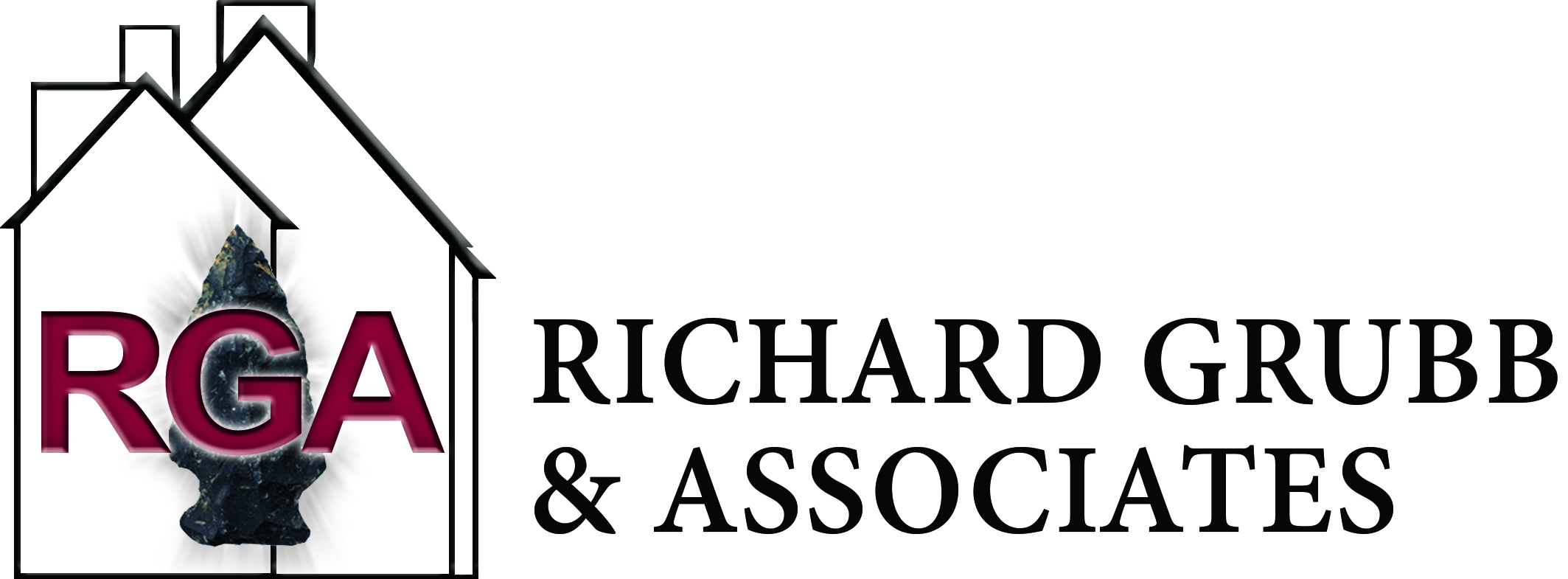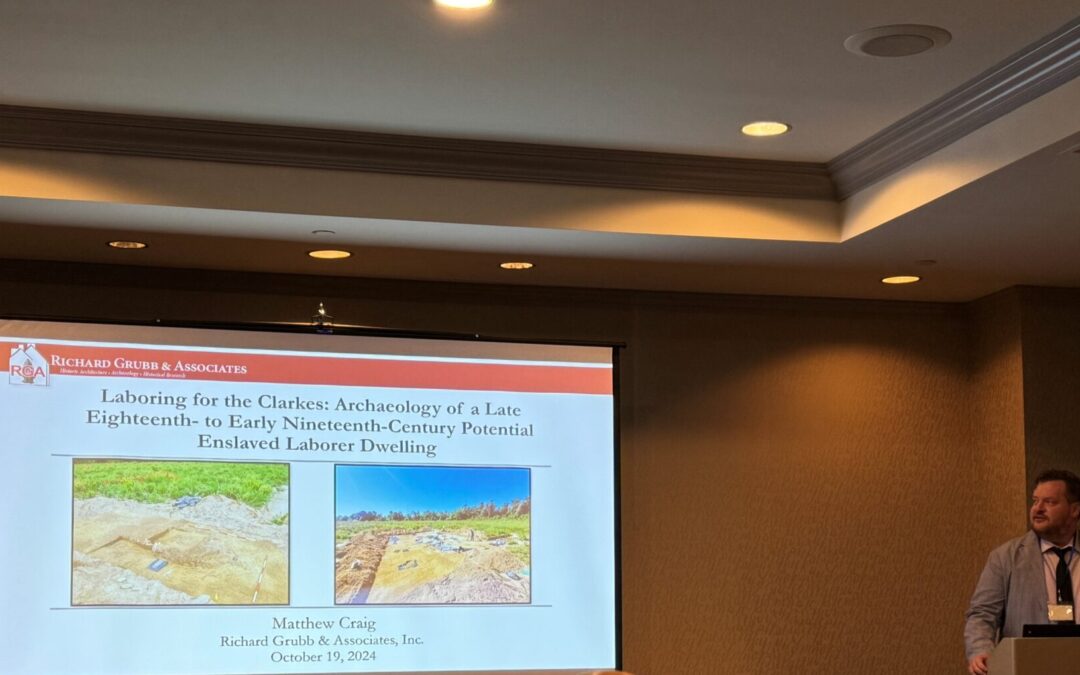Matthew Craig presenting his paper during a conference session.
RGA was well-represented at the recent Council for Northeast Historical Archaeology (CNEHA) annual conference, held from October 17th – 20th in New Haven, Connecticut. CNEHA is a non-profit organization that is dedicated to cultivating archaeological scholarship in the northeastern regions of the United States and Canada, from Virginia all the way up to Newfoundland and Labrador. Their mission is to collect, preserve, and share historic and archaeological knowledge for both academic institutions and the public at large. For nearly 60 years, CNEHA has hosted this annual conference to create a forum where academics, historians, archaeologists, and others can gather to share new insights on historic and archaeological work in the continental Northeast.
This year’s conference was attended by RGA’s very own Michael Gall, who currently serves as an Executive Board Member for CNEHA (in addition to his very busy schedule as a Principal Senior Archaeologist!). Matthew Craig, an Archaeologist at RGA, was also in attendance. Matt presented his paper Laboring for the Clarkes: Archaeology of a Late Eighteenth- to Early Nineteenth-Century Potential Enslaved Laborer Dwelling during a session at the conference on October 19th. This presentation detailed intriguing results from an archaeological investigation, which was performed by RGA in support of a private industrial warehouse development project to satisfy an environmental permitting regulation from the New Jersey Department of Environmental Protection. A summary of Matthew’s paper can be read below:
Richard Grubb & Associates identified and archaeologically documented five sites, collectively known as the Area F Archaeological Historic District, within an agricultural field in the Clarksville area of West Windsor, Mercer County. Archaeological deposits dating from the late eighteenth century to the twentieth century were associated with several different families who owned the property. While many of the sites represent secondary refuse associated with a nearby farmstead, one site, the Area F-2 site, has evidence of a sill-on-grade dwelling. The dwelling appears to date from the late eighteenth century to when it was abandoned around 1820. This correlates with the ownership of the property by Dr. Israel Clarke, who enslaved several individuals. Data suggests the dwelling identified may represent a quarter for housing enslaved individuals on the Clarke property. Extensive archaeological excavations provided an opportunity to examine potential housing and material culture associated with enslaved individuals in central New Jersey.
RGA highly values our staff’s commitment to supporting professional organizations such as CNEHA, who have championed the preservation and sharing of our region’s historical and archaeological knowledge for decades. We are thrilled to have such active members within these communities as part of our team!

